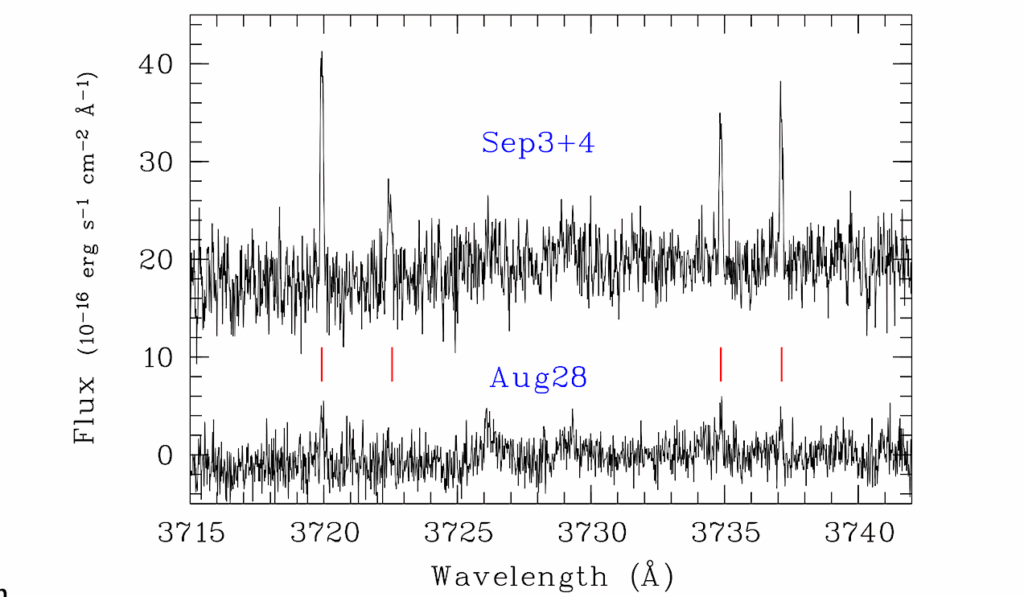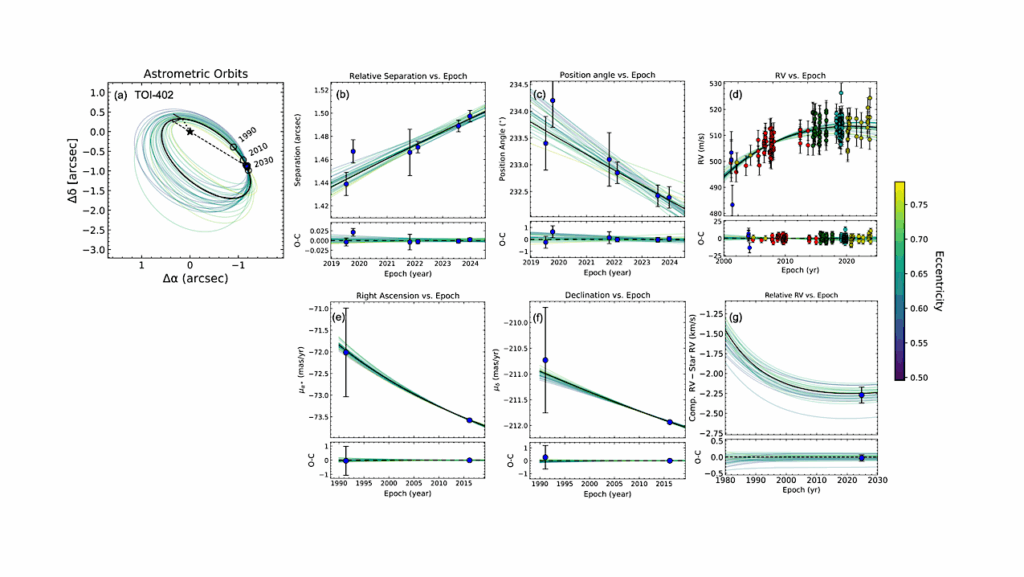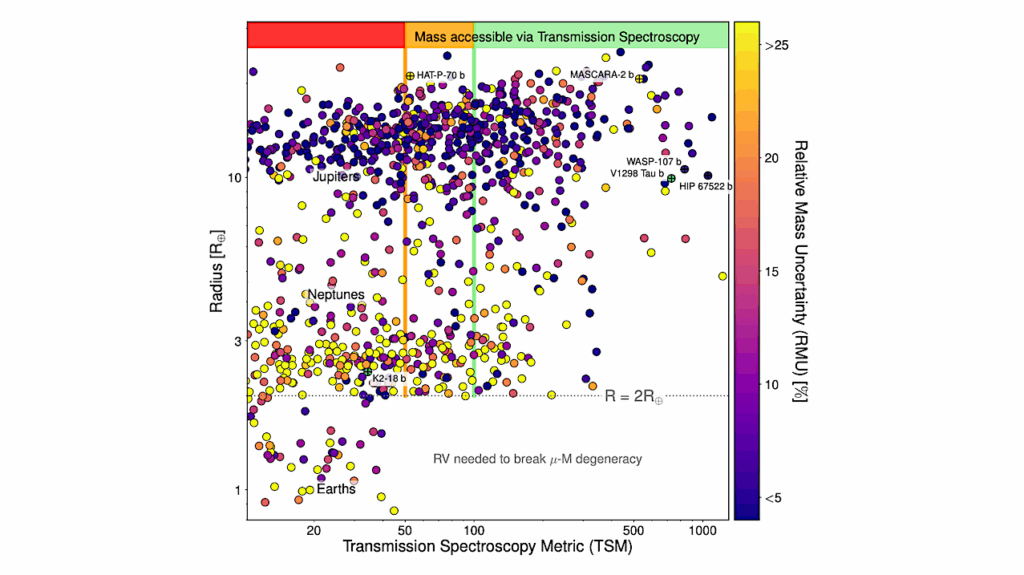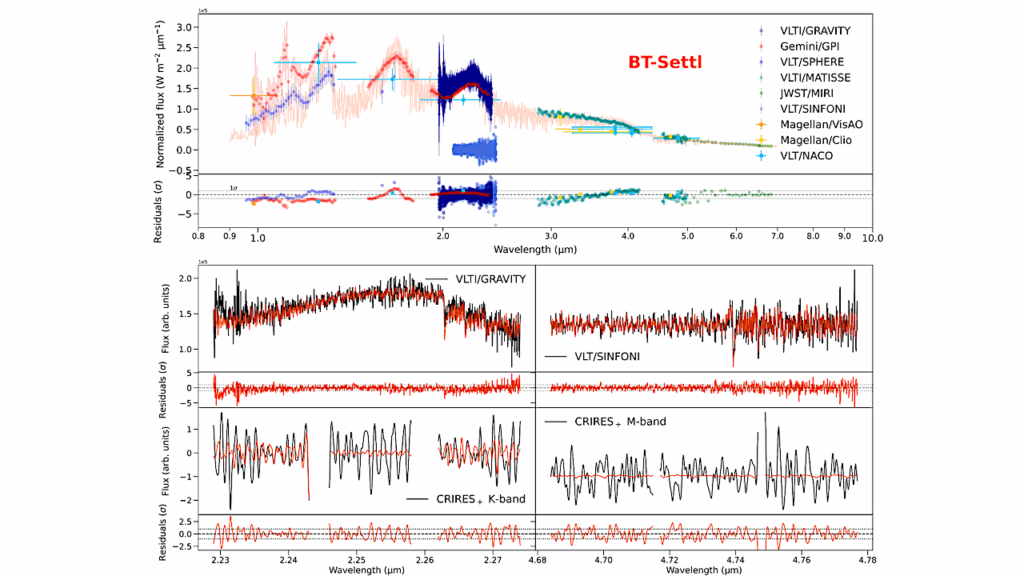Secular Orbital Dynamics of the Possibly Habitable Planet K2-18 b with and without the Proposed Inner Companion

The transiting planet K2-18 b is one of the best candidates for a relatively nearby world harboring biological life. The long-term orbital evolution of this planet is investigated using theoretical and purely numerical techniques for two possible configurations: a single planet orbiting the host star, and a two-planet system including the proposed inner planet close to the 4:1 mean motion rationalization.
The emphasis is made on the secular changes of eccentricity and orbital inclination, which are important for the climate stability of the planet. It is demonstrated that the secular orbital dynamics of planet K2-18 b with an internal companion are accurately represented by the periodic eccentricity and inclination exchange on the time scales of a few Kyr. A single planet is not expected to experience fast orbital changes, with the much weaker tidal and rotation-driven perturbations mostly reflecting in a slow periastron and nodal precession.
The tidal decay of the orbit is too insignificant on the time scale of the stellar age. However, the conditions for the habitability of a single K2-18 b planet are much improved if, like the Earth, it rotates faster than the mean motion and its rotation angle is tilted by a hypothetical moon. Milankovi{ć}’s cycles of the habitable planet’s climate are discussed for both configurations.
Valeri V. Makarov, Alexey Goldin
Comments: Published in Universe 2023, 9, 463
Subjects: Earth and Planetary Astrophysics (astro-ph.EP)
Cite as: arXiv:2310.18754 [astro-ph.EP](or arXiv:2310.18754v1 [astro-ph.EP] for this version)
https://doi.org/10.48550/arXiv.2310.18754
Focus to learn more
Journal reference: Universe 2023, 9, 463
Submission history
From: Valeri Makarov
[v1] Sat, 28 Oct 2023 16:38:21 UTC (2,638 KB)
https://arxiv.org/abs/2310.18754
Astrobiology








